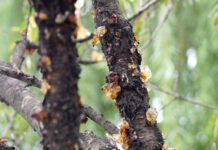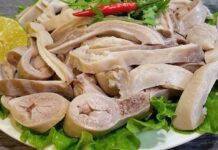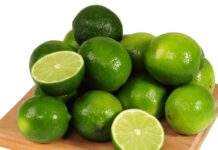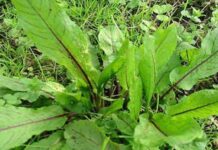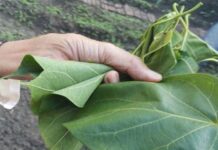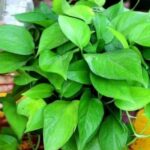
The Secret to Money Tree’s Love for Rice Water
Native to South Africa, the money tree thrives in warm and humid climates. In their natural habitat, these trees absorb nutrients from the soil through their roots. However, when grown indoors, the nutrient availability in the soil is often limited. This is where rice water comes into play as a supplemental source of nutrition that money trees adore.
Rice water is rich in starch, protein, amino acids, vitamins, and other organic compounds, all of which are beneficial for plant growth. When money trees are watered with rice water, they absorb these nutrients through their roots, promoting better growth and faster production of new leaves.
Additionally, the organic compounds in rice water nourish the soil’s microbial life, improving soil structure and creating an ideal environment for the tree’s growth.
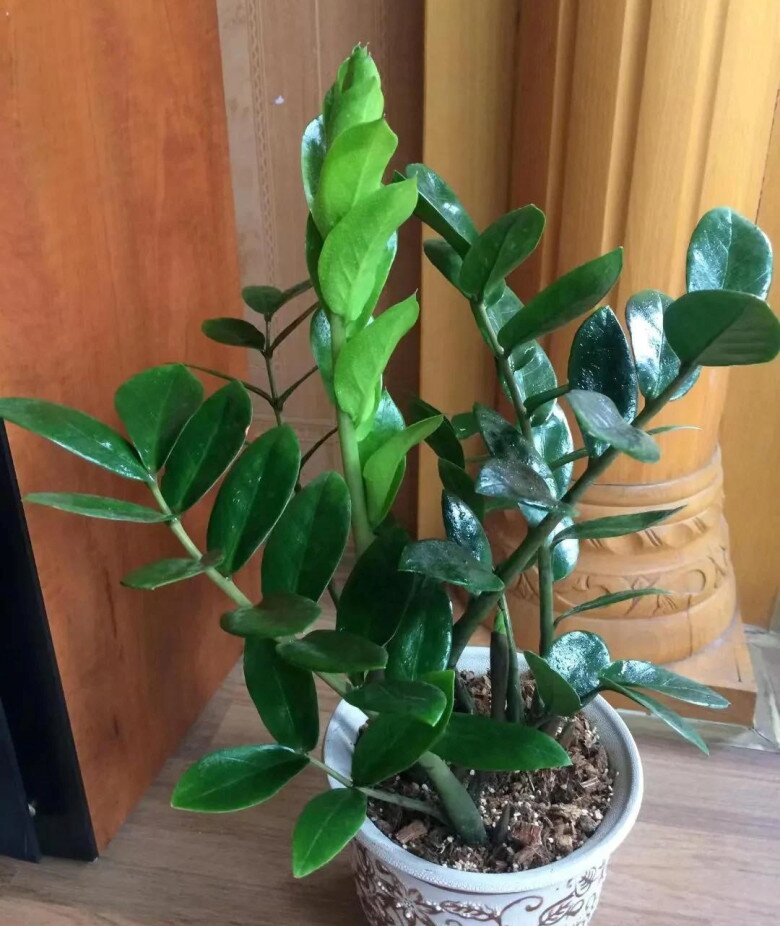
Harnessing the Power of Rice Water for Your Money Tree
To effectively use rice water for your money tree, there are a few key steps to follow. Firstly, always opt for fresh rice water, preferably from the first rinse, as it contains the highest concentration of nutrients. Never use rice water containing detergents or other chemicals as they can harm your plant.
Avoid pouring rice water directly onto the plant. Instead, allow it to ferment first. Pour the rice water into a plastic bottle, avoiding overfilling, and tightly secure the cap. You can add some orange, lemon, grapefruit, or kumquat peels to neutralize the odor. After about a week, when the rice water has successfully fermented, dilute it with water at a ratio of 1:50 and water your money tree.
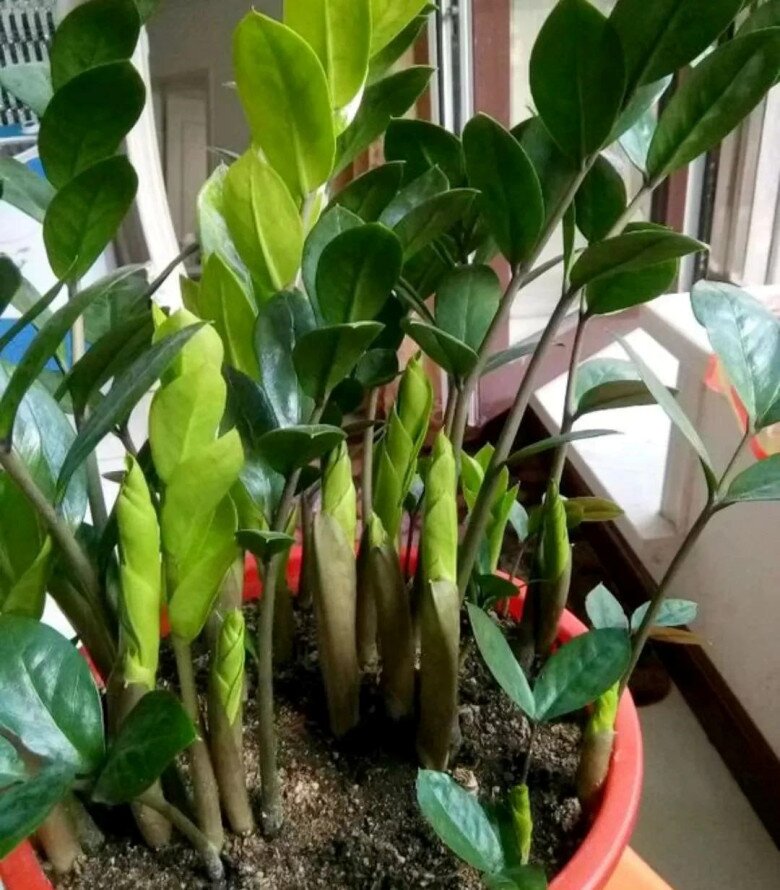
When watering, pay attention to both quantity and timing. Money trees don’t require excessive water, so water sparingly, ensuring that water doesn’t pool in the pot and cause root rot. Typically, watering once a week with fermented rice water is sufficient.
During spring and summer, when the tree is actively growing, you can increase the watering frequency. Conversely, reduce the amount of water during fall and winter to prevent prolonged dampness.
As for the watering technique, distribute the rice water evenly over the soil surface, avoiding direct contact with the leaves to prevent water-related leaf diseases. Additionally, ensure that the soil remains well-aerated and not waterlogged. If the soil feels too damp, improve air circulation or space out your watering sessions.
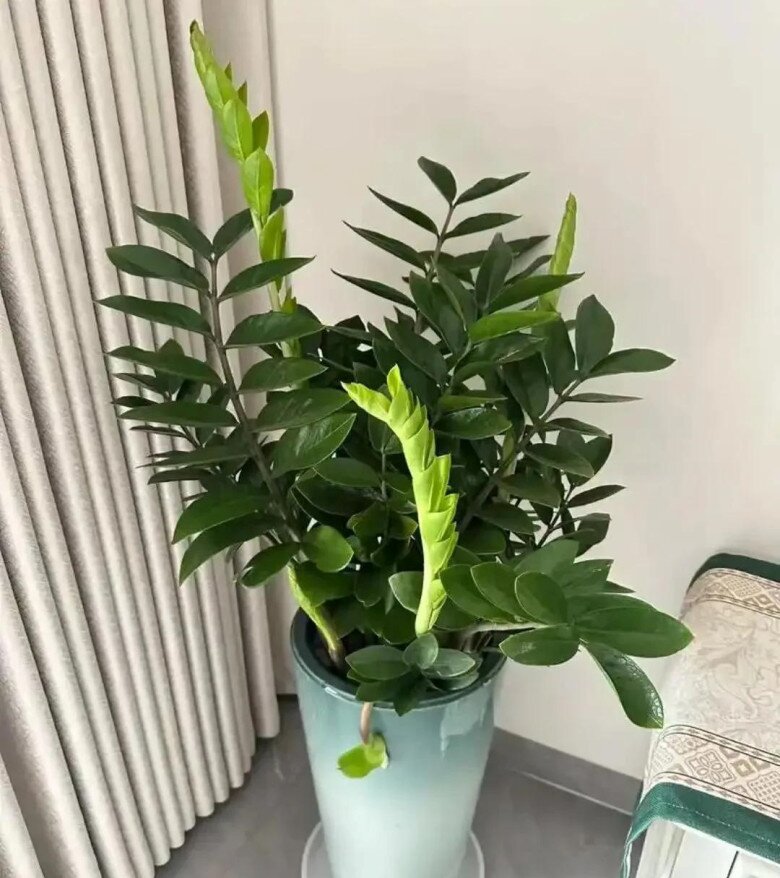
It’s important to remember that rice water isn’t the sole source of nutrition for your money tree. For balanced growth, continue using specialized fertilizers containing essential elements such as nitrogen (N), phosphorus (P), potassium (K), and other organic compounds. Regular fertilization will promote balanced growth, resulting in lush, green, and thick leaves.
Lastly, don’t underestimate the importance of placement. Money trees prefer diffused light, so place them in a bright spot while avoiding prolonged direct sunlight. Ensure good air circulation to prevent dampness, which can invite pests and diseases.
In conclusion, the money tree’s affinity for rice water is not a coincidence but a discovery born from observation and experience. By properly incorporating rice water into your plant care routine, you’ll be rewarded with a vibrant and lush money tree that adds life and beauty to your living space.
The Ultimate Guide to Health and Happiness: Unveiling the Secret Garden
Introducing a breath of fresh air for your home: Houseplants – nature’s very own air purifiers. Some indoor furnishings may emit toxic gases that are harmful to your health. By bringing the outdoors inside, you’re not just adding a touch of greenery, but also a natural way to mitigate these harmful effects.





